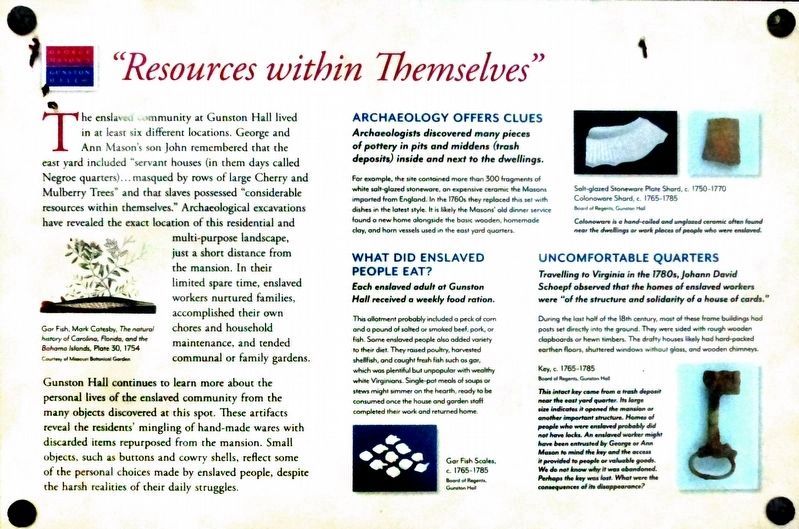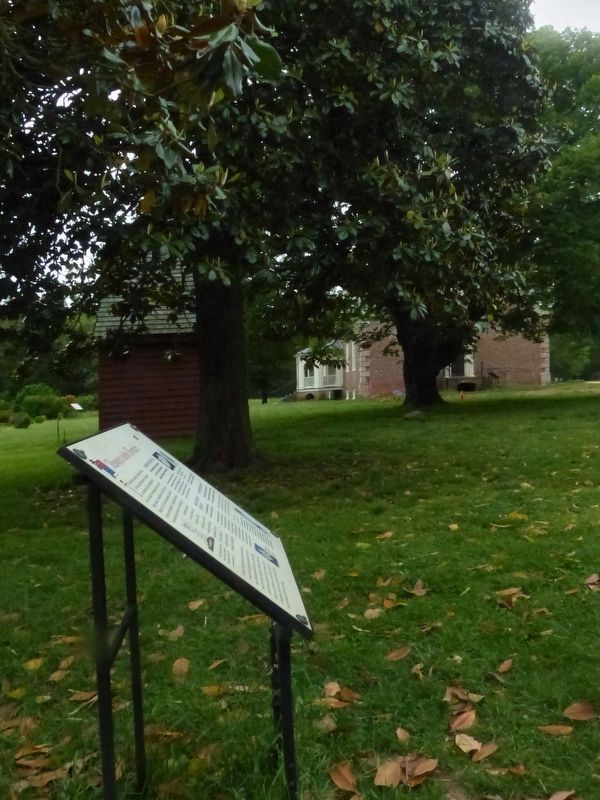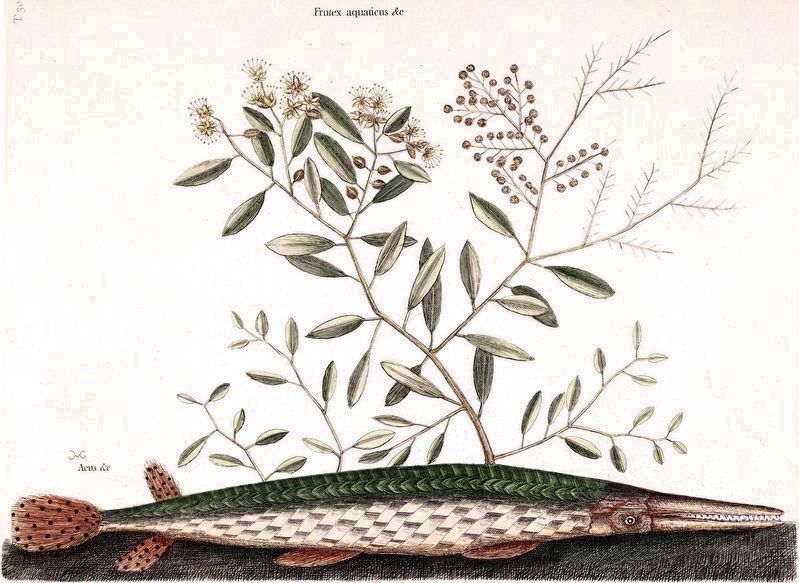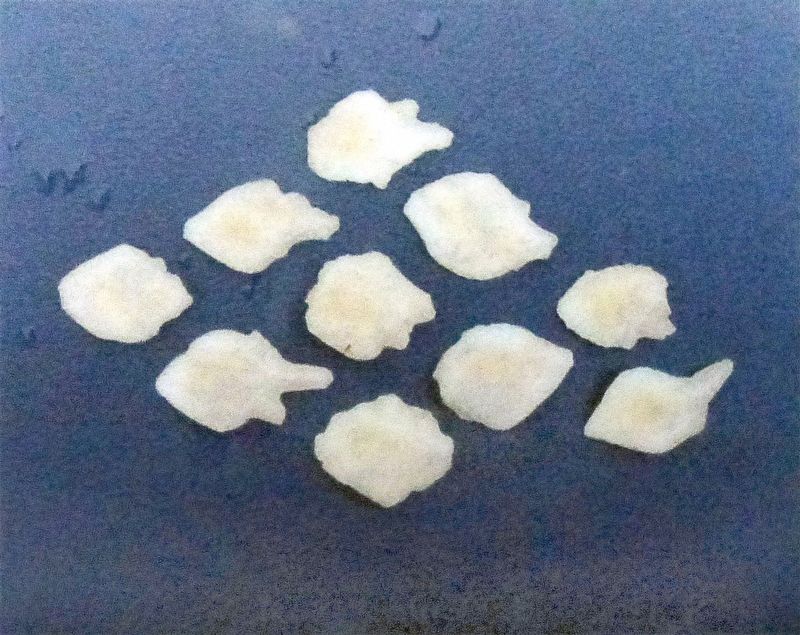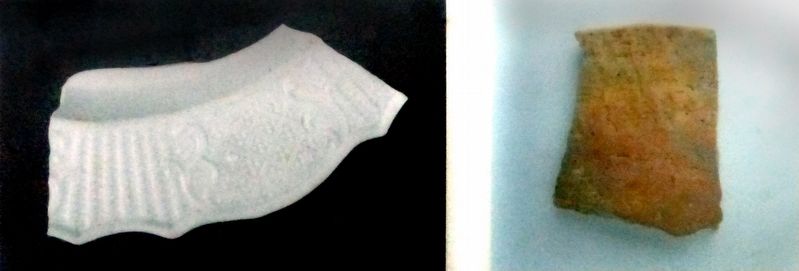Lorton in Fairfax County, Virginia — The American South (Mid-Atlantic)
“Resources within Themselves”
The enslaved community at Gunston Hall lived in at least six different locations. George and Ann Mason's son John remembered that the east yard included “servant houses (in them days called Negroe quarters)…masqued by rows of large Cherry and Mulberry Trees” and that slaves possessed “considerable resources within themselves.” Archaeological excavations have revealed the exact location of this residential and multi-purpose landscape, just a short distance from the mansion. In their limited spare time, enslaved workers nurtured families, accomplished their own chores and household maintenance, and tended communal or family gardens.
Gunston Hall continues to learn more about the personal lives of the enslaved community from the many objects discovered at this spot. These artifacts reveal the residents' mingling of hand-made wares with discarded items repurposed from the mansion. Small objects, such as buttons and cowry shells, reflect some of the personal choices made by enslaved people, despite the harsh realities of their daily struggles.
Archaeology Offers Clues
Archaeologists discovered many pieces of pottery in pits and middens (trash deposits) inside and next to the dwellings.
For example, the site contained more than 300 fragments of white salt-glazed stoneware, an expensive ceramic the Masons imported from England. In the 1760s they replaced this set with dishes in the latest style. It is likely the Masons' old dinner service found a new home alongside the basic wooden, homemade clay, and horn vessels used in the east yard quarters.
What Did Enslaved People Eat?
Each enslaved adult at Gunston Hall received a weekly food ration. This allotment probably included a peck of corn and a pound of salted or smoked beef, pork, or fish. Some enslaved people also added variety to their diet. They raised poultry, harvested shellfish, and caught fresh fish such as gar, which was plentiful but unpopular with wealthy white Virginians. Single-pot meals of soups or stews might simmer on the hearth, ready to be consumed once the house and garden staff completed their work and returned home.
Uncomfortable Quarters
Travelling to Virginia in the 1780s, Johann David Schoepf observed that the homes of enslaved workers were “of the structure and solidarity of a house of cards.”
During the last half of the 18th century, most of these frame buildings had posts set directly into the ground. They were sided with rough wooden clapboards or hewn timbers. The drafty houses likely had hard-packed earthen floors, shuttered windows without glass, and wooden chimneys.
Topics. This historical marker is listed in these topic lists: African Americans • Colonial Era.
Location. 38° 39.868′ N, 77° 9.568′ W. Marker is in Lorton, Virginia, in Fairfax County. Marker can be reached from Gunston Road (Virginia Route 242) south of Springfield Drive, on the left when traveling south. This marker is north of the Mansion and Kitchen Yard at Gunston Hall. Touch for map. Marker is in this post office area: Lorton VA 22079, United States of America. Touch for directions.
Other nearby markers. At least 8 other markers are within 2 miles of this marker, measured as the crow flies. A “Considerable Force” (within shouting distance of this marker); Organizing Nature (within shouting distance of this marker); This "temple"… (within shouting distance of this marker); Out of Retirement (about 600 feet away, measured in a direct line); What Lies Beneath (approx. 0.2 miles away); Shiloh Baptist Church (approx. 0.6 miles away); This is Pohick Bay! (approx. ¾ mile away); Elizabeth Hartwell Mason Neck National Wildlife Refuge (approx. 1.1 miles away). Touch for a list and map of all markers in Lorton.
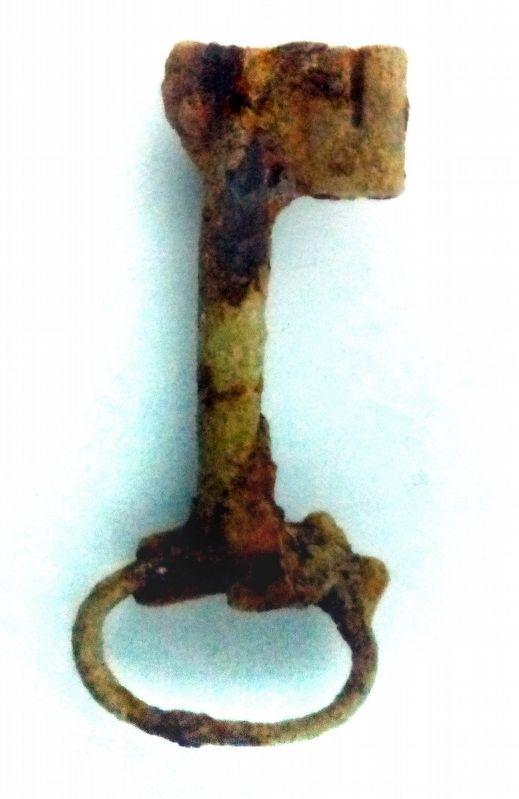
Photographed By Allen C. Browne, May 11, 2019
6. Key, c. 1765-1785
This intact key came from a trash deposit near the east yard quarter. Its large size indicates it opened the mansion or another important structure. Homes of people who were enslaved probably did not have locks. An enslaved worker might have been entrusted by George or Ann Mason to mind the key and the access it provided to people or valuable goods. We do not know why it was lost. What were the consequences of its disappearance? Close-up of photo on marker
Credits. This page was last revised on July 7, 2021. It was originally submitted on June 3, 2019, by Allen C. Browne of Silver Spring, Maryland. This page has been viewed 177 times since then and 8 times this year. Photos: 1, 2, 3, 4, 5, 6. submitted on June 3, 2019, by Allen C. Browne of Silver Spring, Maryland. • Bernard Fisher was the editor who published this page.
